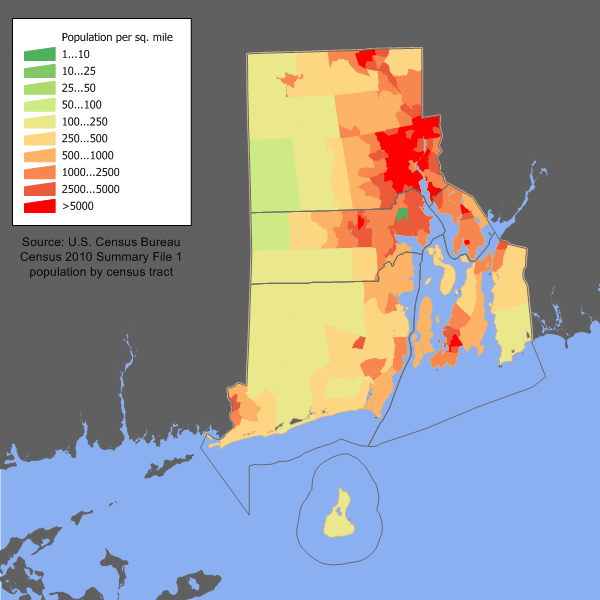The Upcoming Housing Crisis

Sure, interest rates are low. But we are about to enter into a horrifying housing crisis and millions of people lack work. In New England, it is likely to be especially bad.
“If we don’t see a dramatic resumption of employment, and we don’t see an extension of those unemployment insurance benefits, then the scenario quickly looks much closer to our worst-case scenario,” said Jeffrey P. Thompson, a vice president and economist at the Boston Fed.
On Tuesday, President Trump told Republican senators he wanted to allow the enhanced unemployment benefits to expire in July. Without such aid, more than 1 million families in the New England region might have found their homes at risk, the Boston Fed previously found.
Duran, for her part, ultimately worked out an arrangement with the property managers overseeing Harriman Hill, a low-income housing community in Wolfeboro where she’s long lived. She’d cover a fraction of the rent due on her three-bedroom place this month, then deal with the remainder later. But Duran said she fears she may have no choice but to seek help again perhaps in June and July and August, adding to a growing financial burden that she knows someday is going to come due.
“I think I’m not the only one who’s going to be in this boat,” Duran said. “We’re going to be playing catch up for a long time.”
In New England, the economic carnage arrived almost as quickly as the coronavirus outbreak that caused it. The unemployment rate among the six states in the region — Connecticut, Maine, Massachusetts, New Hampshire, Rhode Island and Vermont — surged immediately, later outpacing the national average, the Boston Fed found in an earlier May report.
Roughly one-third of Rhode Island’s labor force sought unemployment benefits by mid-April, leaving the small state with the country’s highest rate of joblessness at the time, federal labor data show. In Vermont, the job cuts ravaged the local services industry, largely given the dramatic decline in tourism and hospitality. These workers made up nearly 80 percent of the earliest claims for unemployment support in the state, according to U.S. indicators.
A big part of the problem in Rhode Island is that it combines poverty with being very expensive. And because of the preexisting density, it’s hard to build out of it like with what needs to happen in California. This is a huge impending problem that will just make the recovery so much harder.
